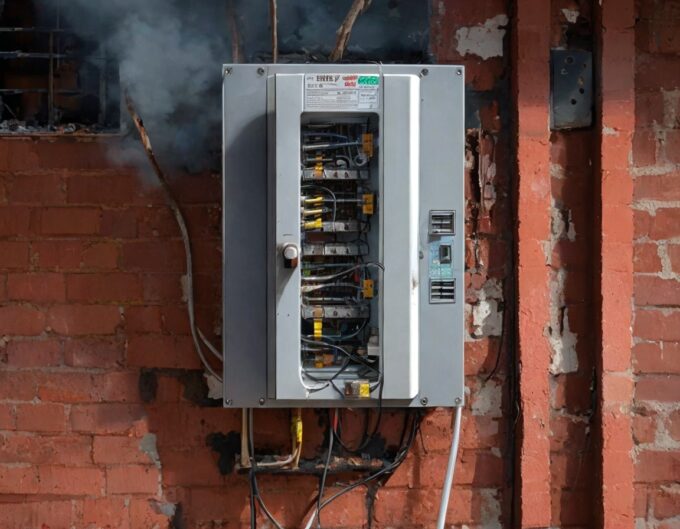Introduction
Short circuit analysis is crucial for designing and maintaining electrical systems, especially in commercial buildings. This technical evaluation ensures the safety, reliability, and efficiency of electrical infrastructure. Therefore, it’s imperative that licensed professional engineers conduct this analysis to mitigate risks and comply with regulatory standards.
What is Short Circuit Analysis?
Short circuit analysis assesses an electrical system to predict the consequences of short circuits, which create unintended low-resistance paths allowing excessive current flow. This analysis determines the maximum current during a fault and evaluates the system’s capacity to handle such events.
Key Components of Short Circuit Analysis:
- Fault Current Calculation: Determining the magnitude of potential fault currents at various points in the electrical network.
- System Modeling: Creating a detailed model of the electrical distribution system, including generators, transformers, conductors, and protective devices.
- Protective Device Coordination: Ensuring that protective devices like circuit breakers and fuses are appropriately rated and coordinated to isolate faults effectively without disrupting the entire system.
- Verification of Equipment Ratings: Confirming that all electrical equipment can withstand and interrupt the predicted fault currents without damage.
Why is Short Circuit Analysis Important?
- Safety: Protects personnel and equipment from excessive fault currents, which can cause fires, explosions, and injuries.
- Compliance: Ensures electrical systems adhere to codes and standards like the National Electrical Code (NEC) and IEEE standards, thereby meeting legal requirements.
- System Reliability: Identifies potential weaknesses in the electrical design, preventing unplanned outages and ensuring continuous operation of critical systems.
- Cost Efficiency: Properly rated and coordinated protective devices minimize damage during faults, reducing repair costs and downtime.
Why Involve a Licensed Professional Engineer?
- Expertise and Experience: Licensed professional engineers have the necessary training and experience to conduct comprehensive short circuit analyses, understanding the complexities of electrical systems.
- Regulatory Compliance: Professional engineers are well-versed in the latest codes and standards, ensuring that the electrical design meets all legal requirements, thus avoiding potential penalties.
- Accuracy and Precision: Engineers use specialized software and analytical techniques to provide precise fault current calculations and protective device coordination.
- Liability and Assurance: A licensed engineer’s involvement provides assurance of quality and safety, reducing liability risks for building owners and contractors.
Conclusion
In conclusion, short circuit analysis is vital for commercial building design, ensuring the safety, reliability, and efficiency of electrical systems. Involving a licensed professional engineer ensures accurate results, regulatory compliance, and protection of people and property. Should you require expert assistance with your next project, do not hesitate to contact us at EVstudio!











